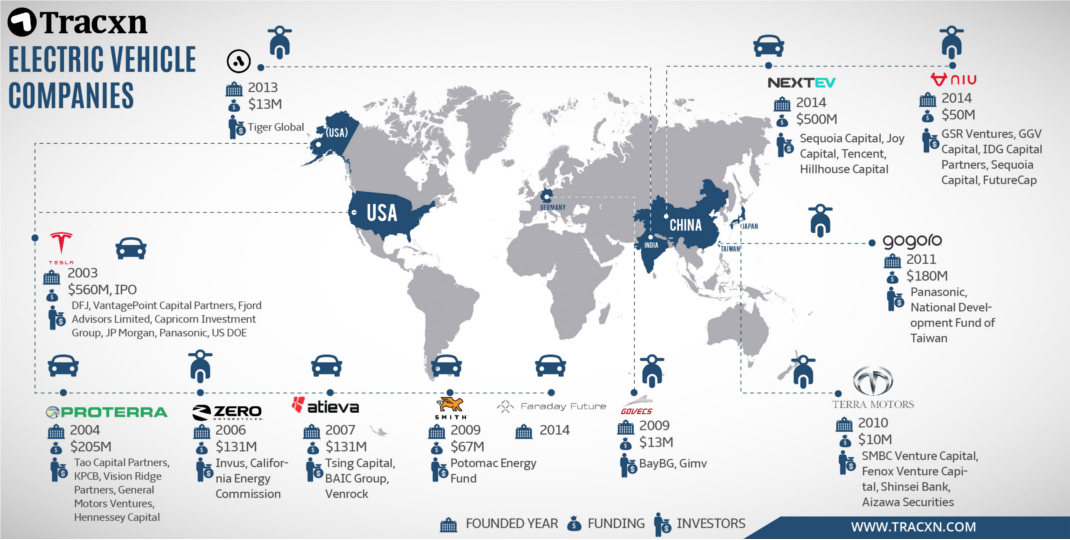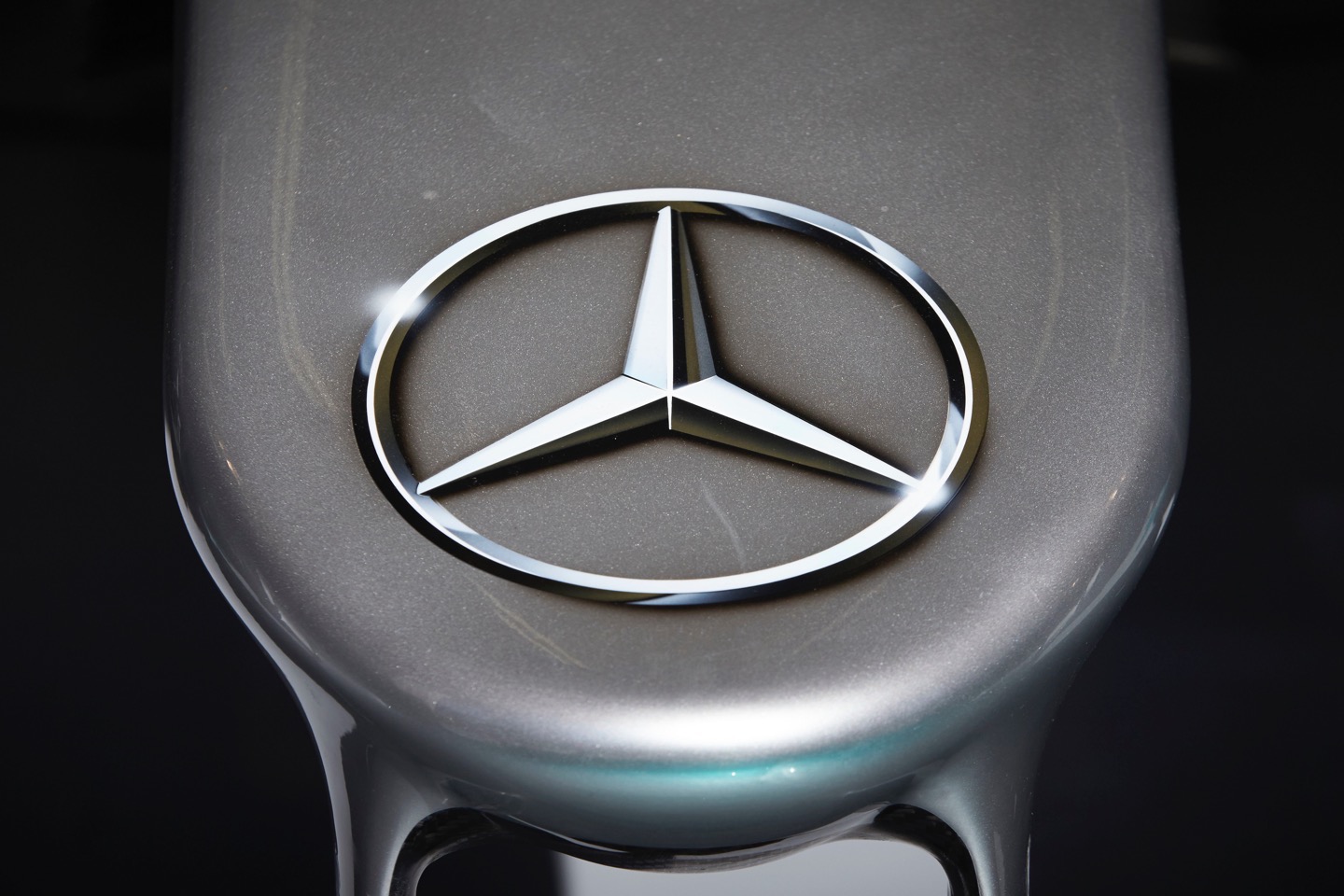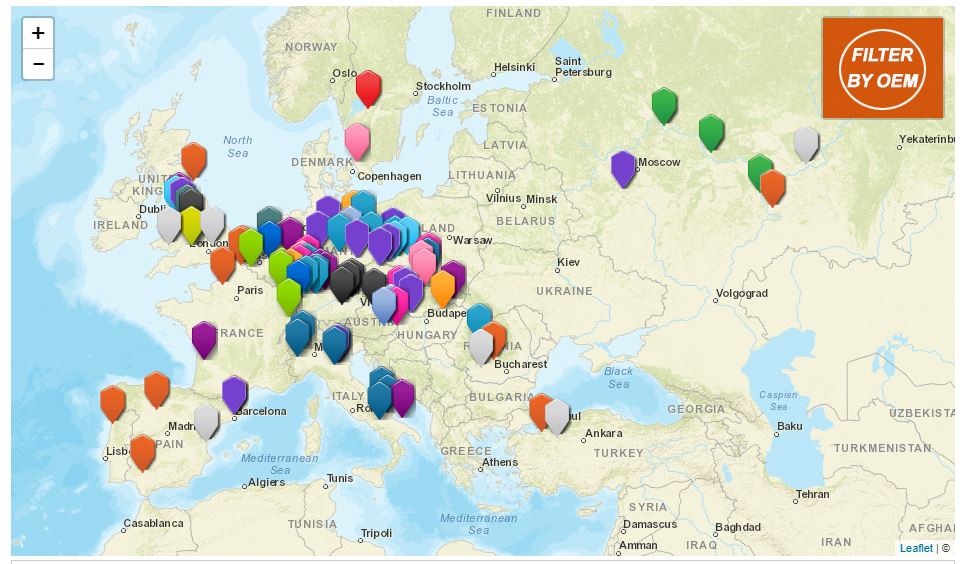Daimler, one of the biggest names in the car world, has announced an upgrade to its electric powertrain locations. This comes as more countries seem to be heading for an all-out ban on traditional fossil-fuel burning vehicles in the future.
As reported by Automotive News Europe (ANE), Daimler has invested 500 million Euros on a new plant in Kamenz, Germany, which will manufacture battery systems for Mercedez-Benz energy storage units and 48-volt systems. Interestingly, this plant is the second lithium-ion battery plant in Kamenz – the other is also owned by Daimler’s wholly-owned subsidiary Accrumotive.
The new factory is another move from Daimler to ramp up its electric vehicle strategy, as the company is estimating global sales of its electric vehicles will account for 15% to 25% by 2025.
This is in line with other major carmakers in Europe, which are all slowly increasing their focus on fossil fuel-free vehicles. The electric shift is well and truly accelerating in Europe, with a total of 96 locations where “engines, transmissions and the new wave of components that support the move to electrified drivetrains are built in Europe, Russia, Turkey and beyond.”
Meanwhile, other carmakers are ramping up their efforts as well. Europe’s largest automaker, the Volkswagen Group, continues to have the largest powertrain manufacturing footprint in the region, with 13 plants. Four of those facilities are in its home market in Germany.
Renault-Nissan, along with Russia’s largest automaker, AvtoVAZ, is second in terms of powertrain plants in the region covered by the map with 11 plants. On the other hand, PSA Group is poised to get close to Renault-Nissan’s total. PSA’s network of five powertrain plants, all in France, will grow to 10 after it takes over Opel/Vauxhall. General Motors’ European unit has two powertrain factories in Germany and one each in Austria, Hungary and Poland.
And according to The Visual Capitalist, the advent of more electric-only carmakers in Europe and globally are on the rise too, if the infographic below is anything to go by. The future of electric cars, it appears, is sparking bright.

(Sources: Automotive News Europe, The Visual Capitalist)
Follow us on Instagram, Facebook, Twitter or Telegram for more updates and breaking news.



